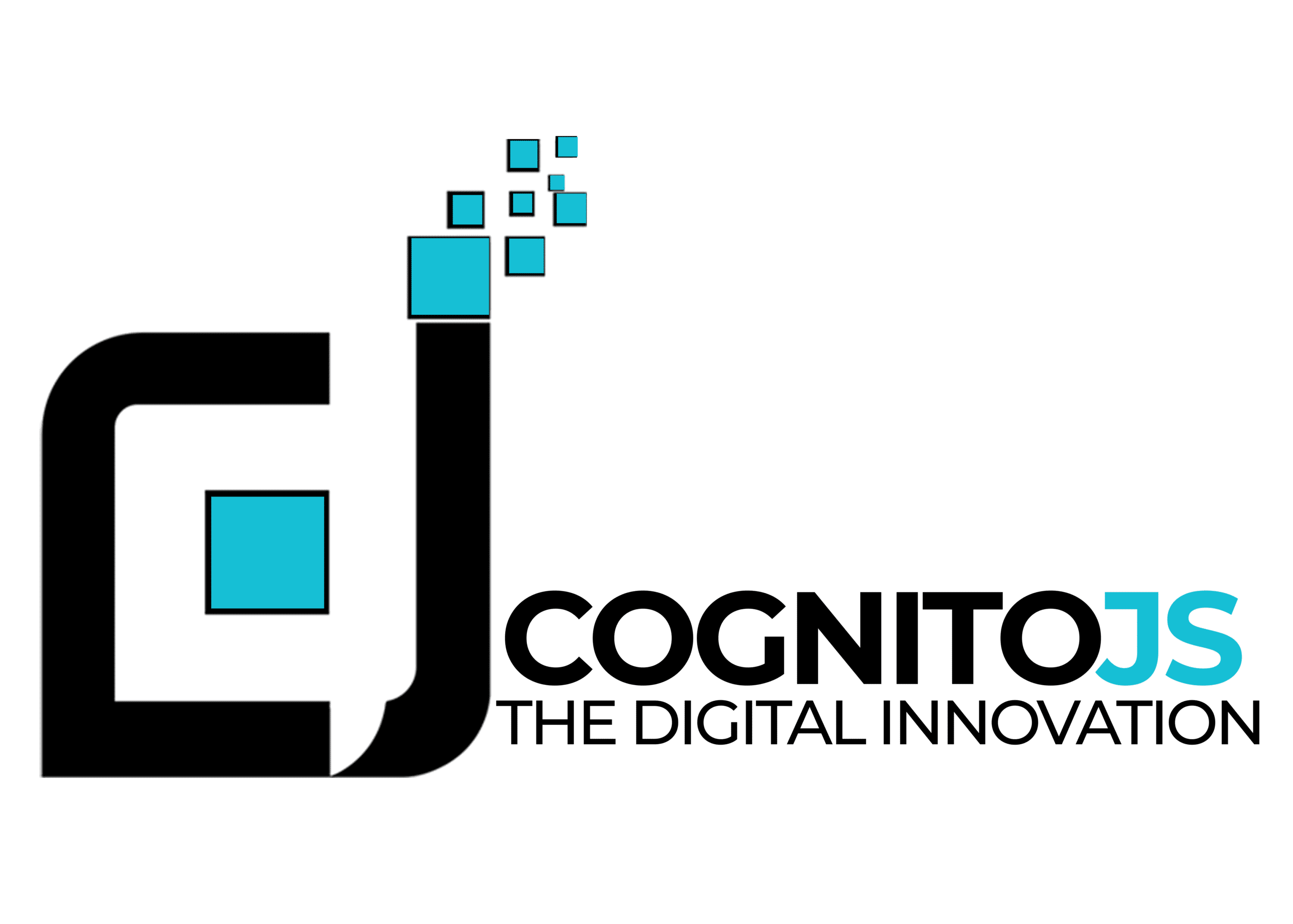In the dynamic realm of digital innovation, where user experience reigns supreme, app development stands as the cornerstone of technological advancement. Crafting a seamless and intuitive user experience (UX) within applications has become not just a necessity but a strategic imperative for businesses aiming to thrive in the fiercely competitive digital landscape.
Understanding the Essence of User Experience
At the heart of every successful app lies a meticulously curated user experience that seamlessly integrates functionality with aesthetics. User experience transcends mere usability; it encompasses the holistic journey of the user, from the moment of app discovery to ongoing engagement and eventual conversion. As such, optimizing user experience is tantamount to cultivating brand loyalty and driving sustained user engagement.
Designing for Intuitive Interaction
The cornerstone of exceptional user experience lies in intuitive interaction design. By prioritizing simplicity and clarity in UI/UX elements, developers can empower users to navigate effortlessly through the app interface, fostering a sense of familiarity and trust. From intuitive navigation menus to strategically placed CTAs, every element should be meticulously crafted to anticipate and fulfill user needs seamlessly.
Embracing Responsive Design Principles
In an era dominated by multi-device usage, embracing responsive design principles is indispensable for delivering a consistent and seamless user experience across diverse platforms and screen sizes. By leveraging responsive design frameworks, such as Bootstrap or Foundation, developers can ensure that their apps adapt fluidly to varying screen resolutions, thereby enhancing accessibility and usability.
Performance Optimization for Enhanced Usability
In the fast-paced digital ecosystem, where attention spans are fleeting, optimizing app performance is paramount. From minimizing loading times to optimizing resource utilization, every facet of app performance plays a pivotal role in shaping user perception and engagement. By employing techniques such as code minification, image compression, and server-side caching, developers can streamline app performance and deliver lightning-fast experiences that captivate users from the outset.
Harnessing the Power of Personalization
Personalization lies at the crux of user-centric app development, enabling developers to tailor experiences to the unique preferences and behaviors of individual users. By leveraging data analytics and machine learning algorithms, developers can glean invaluable insights into user behavior, preferences, and demographics, thereby empowering them to deliver personalized recommendations, content, and experiences that resonate deeply with users on a personal level.
Prioritizing Accessibility and Inclusivity
Inclusive design isn’t just a moral imperative; it’s also a strategic advantage in today’s diverse and inclusive digital landscape. By prioritizing accessibility features, such as screen reader compatibility, voice navigation, and color contrast adjustments, developers can ensure that their apps are accessible to users of all abilities, thereby broadening their reach and fostering a more inclusive digital ecosystem.
Iterative Optimization for Continuous Improvement
The pursuit of optimal user experience is an iterative journey rather than a destination. By embracing a culture of continuous improvement and iteration, developers can iterate upon user feedback, analyze user behavior data, and refine their apps iteratively to enhance user satisfaction and drive long-term engagement. Through A/B testing, user surveys, and usability testing, developers can iteratively refine their apps, uncovering insights and opportunities for improvement that pave the way for sustained success.
Conclusion
In the ever-evolving landscape of app development, the optimization of user experience emerges as the linchpin of success. By prioritizing intuitive interaction design, embracing responsive design principles, optimizing performance, harnessing the power of personalization, and prioritizing accessibility and inclusivity, developers can unlock the full potential of their apps and cultivate a loyal user base that propels their brand to new heights of success.





